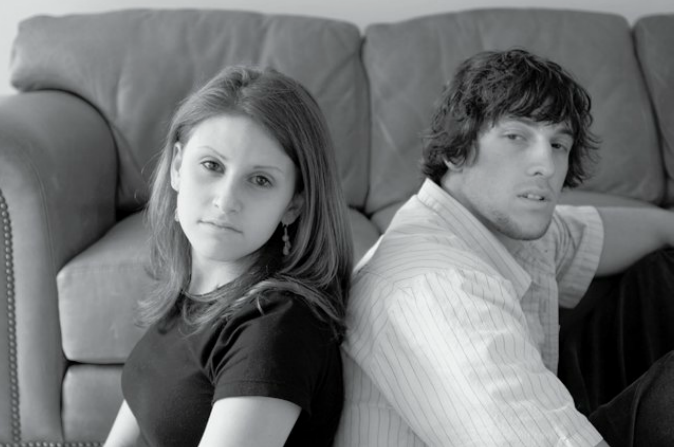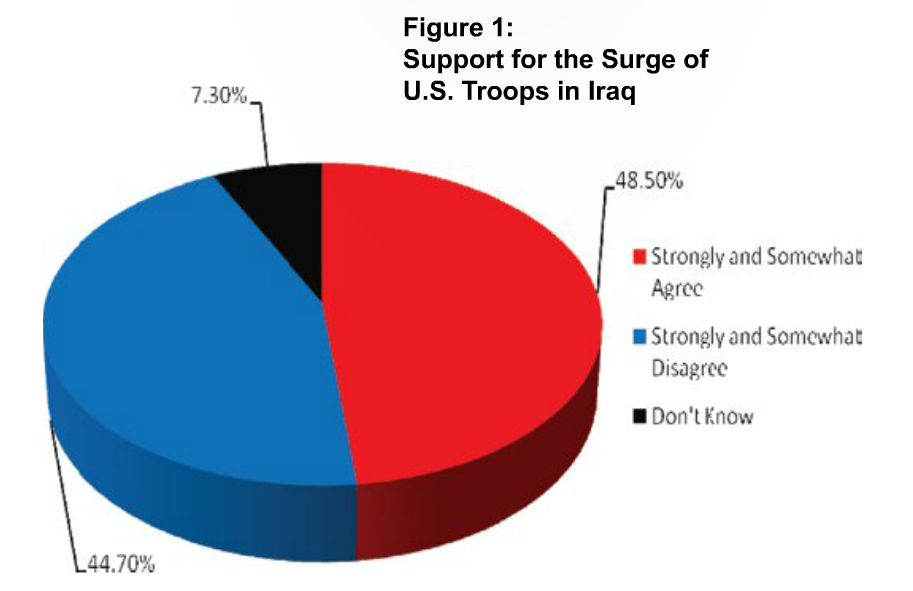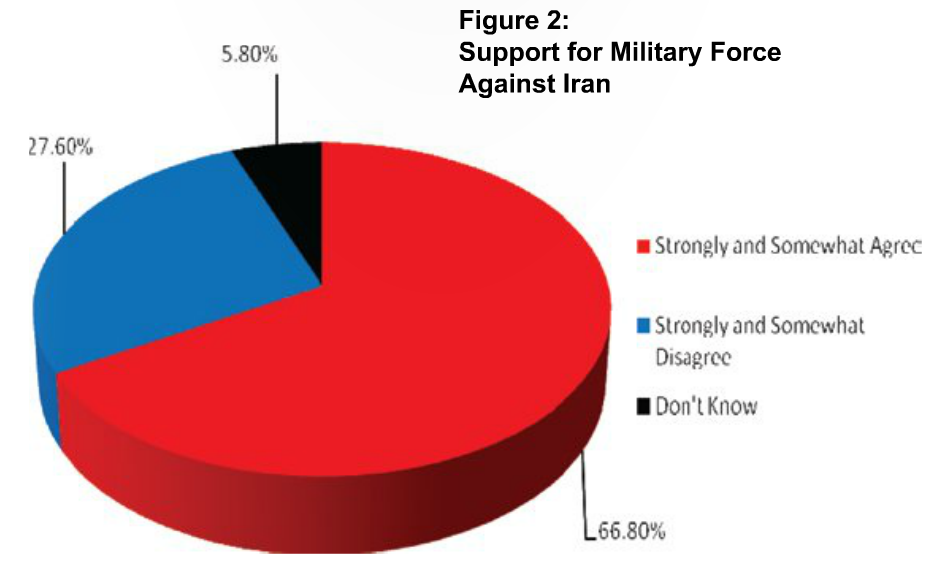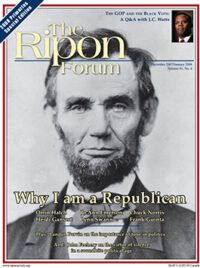Up for Grabs or Staying at Home?
by GARY L. ROSE
Although political pundits and analysts are currently preoccupied with forecasting the voting behavior of women, senior citizens, Hispanics, and evangelical Christians, the fact of the matter is that the voting behavior of young persons between the ages of 18-30 will likely decide the outcome of the 2008 election. The newest generation of American voters, contrary to conventional wisdom, is closely following the current campaign and planning to vote on election day.
In a nationwide telephone poll of 400 young Americans conducted from October 5-13 by the Sacred Heart University Polling Institute in partnership with the “Rock the Vote” project sponsored by World Wrestling Entertainment, 77 percent of eligible voters between the ages of 18-30 were discovered to be very focused on the presidential campaign. Moreover, 87 percent of those surveyed indicated a desire to vote in the November election, and 85 percent replied that their individual vote does in fact count. The younger generation of American voters from all indications is characterized by an impressive sense of political efficacy.

This intriguing resurgence of political interest among young persons suggests the beginning of a new trend in American politics which began during the election of 2004. Prior to 2004, voter turnout among young persons was rather abysmal and on the wane. Figures calculated by the Center for Information and Research on Civic Learning and Engagement (CIRCLE) based on U.S. Census data discovered that 55.4 percent of eligible voters between the ages of 18-29 voted in the 1972 election. In 1984, 49.1 percent of eligible voters in this age group cast a ballot. By 2000, voter turnout among young voters precipitously declined to 40.3 percent. Thus, from 1972 to 2000, voter turnout among young persons declined by an astonishing 15 points. In the election of 2004, the downward trend in voter turnout was finally reversed, with 49 percent of young voters appearing at the polls.
According to the CIRCLE study, although all age groups in 2004 recorded a rise in voter turnout, the rise in turnout among young voters was the most pronounced. The Sacred Heart University/WWE Poll suggests that the spike in voter turnout among young Americans in 2004 will carry over into the 2008 election. Clearly, there is something about modern presidential politics that is capturing the imagination and interest of young voters; this change is a most positive and welcome development for those who believe that voter participation is requisite to democratic government.
The newest generation of American voters, contrary to conventional wisdom, is closely following the current campaign and planning to vote on election day.
In addition to voter turnout, the Sacred Heart University/WWE Poll also explored how young persons plan to vote next November. In response to voter choice questions, 35.3 percent of the sample replied that they plan to vote all or mostly Democrat, 31.0 percent expressed their intention to vote all or mostly Republican, while 29.5 percent indicated that they plan to split their ticket between the two major parties. This is somewhat startling when examined against the voting behavior of young person in the 2006 congressional election. Examining 2006 exit poll data in “The Sixth Year Itch,” Professor Larry Sabato discovered that 60 percent of young persons between the ages of 18-29 voted Democrat, while only 38 percent of young persons in this age group voted Republican.
The latest Sacred Heart University/WWE Poll indicates that young voters have by no means permanently realigned themselves with the Democratic Party. Effective messaging and presidential candidates, regardless of party, who can capture the imagination of young voters will likely win a plurality, or perhaps a majority, of this vitally important segment of the electorate.
With respect to effective messaging, it is essential for presidential candidates within both parties to understand what issues are foremost in the minds of young voters. The Sacred Heart University/WWE Poll is most instructive for this purpose.
The war in Iraq, perhaps not surprisingly, is one of the most important issues identified by young voters. However, unlike other demographic groups, young voters are not necessarily in favor of an immediate withdrawal. The poll discovered that 49.3 percent of persons in this particular demographic group favored an immediate withdrawal of troops from Iraq, while 48.5 percent perceived the “surge” in American troops as beneficial to the stability of this war torn country. In short, young voters cannot be described as intensely opposed to the war, nor can they be described as deeply pessimistic about the future of this highly contentious foreign policy.
The poll also suggests a certain hawkishness among this new generation of restless voters. Two-thirds (66.8 percent) of young voters favored the use of military force to prevent Iran from developing nuclear weapons, and 58.3 percent of the respondents favored the use of the U.S. military to prevent genocide and ethnic cleansing in Darfur, as well as in Iraq.

The war in Iraq, perhaps not surprisingly, is one of the most important issues identified by young voters. However, unlike other demographic groups, young voters are not necessarily in favor of an immediate withdrawal.
The poll reveals that 18-30 year olds are not by any means a timid generation when it comes to using military might to achieve American foreign policy objectives.
Young voters are also focused on an array of issues beyond Iraq and American foreign policy. Concerning the issue of Social Security, 82.5 percent of the respondents expressed serious doubts that social security would be available for them in their retirement years. Seventy-six percent of persons polled also felt that federal, state, and local taxes were too high, and only 33.3 percent viewed the American economy as “in good shape.”
The poll also discovered that 81.8 percent of young voters believed that college tuition is too high, 65.3 percent believed that the U.S. government should establish a system of universal health care for all American citizens, and 67.5 percent felt that global warming is a serious threat. Regarding the highly volatile issue of immigration, 67.5 percent of young voters favored guest worker passes for illegal immigrants, a position endorsed by President Bush, moderate Republicans, and many Democrats.

The poll also suggests a certain hawkishness among this new generation of restless voters.
When one reviews the collective results of this particular poll, two major conclusions emerge. First, young voters between the ages of 18-30 are going to be a very important force in the election of 2008. Although it is highly unlikely that 87 percent of persons in this age group will actually vote, there is reason to believe that a large percentage of young voters will be at the polls on election day. Of that we can be reasonably certain.
Second, as we approach the 2008 election, the issue positions of young voters seem to indicate that neither of the two major parties can take the political support of young voters for granted. Approximately one-third of young voters are undecided in their voting preference, and their stance on issues indicates little coherence and consistency with respect to ideology and partisan values.
Quite simply, young voters between the ages of 18-30 are “up for grabs,” and whichever party’s presidential nominee can strategically appeal to the imagination and concerns of this key demographic group will likely be the next president of the United States.
Gary L. Rose is professor and chair of the Department of History and Political Science at Sacred Heart University. The charts were prepared with the assistance of Teresa Fennell.




